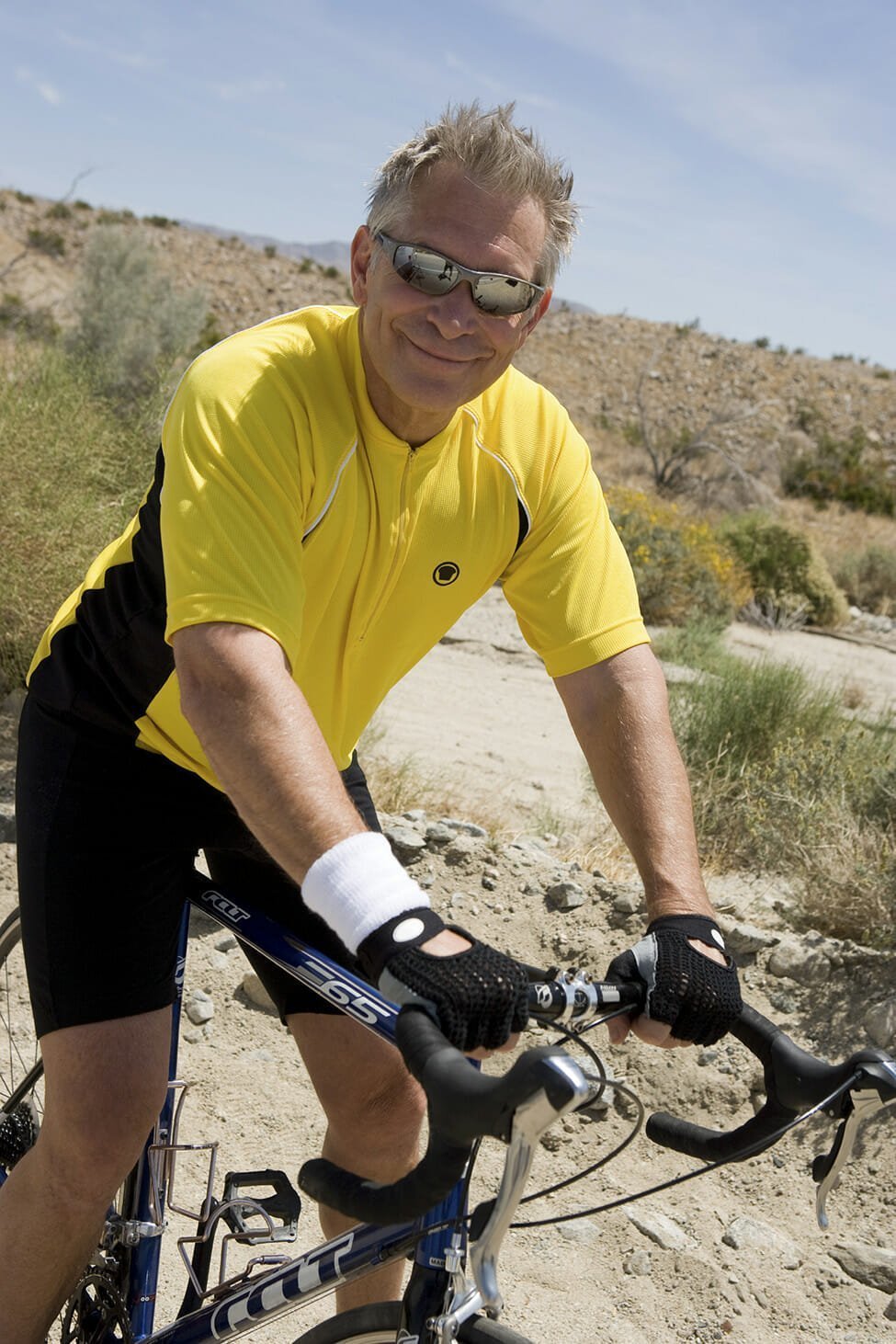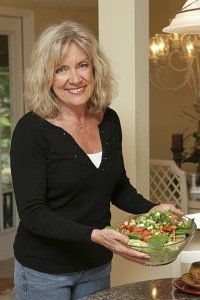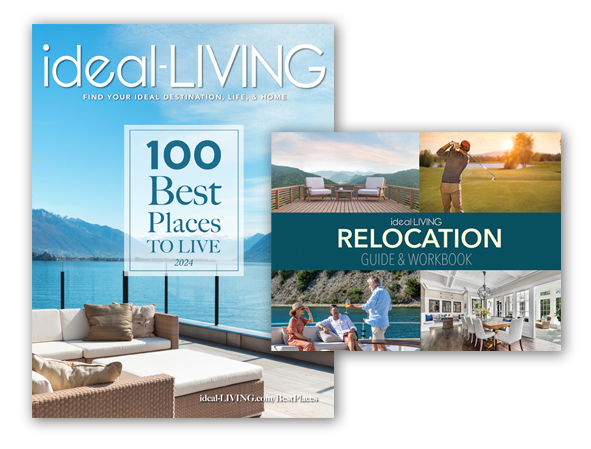
Moving Solo? 8 Tips For Finding Your Ideal Place
Moving Solo? 8 Tips For Finding Your Ideal Place
 It’s official: The Bureau of Labor Statistics recently reported that for the first time, more than half the adults in the United States are single (always-single, divorced, or widowed). Yet, if we look at most of the ads beckoning us to relocate, we tend to see couples, couples, couples. So, what’s a single person contemplating relocation to do?
It’s official: The Bureau of Labor Statistics recently reported that for the first time, more than half the adults in the United States are single (always-single, divorced, or widowed). Yet, if we look at most of the ads beckoning us to relocate, we tend to see couples, couples, couples. So, what’s a single person contemplating relocation to do?
First, consider why you want to move. Is it to enjoy a lower cost of living, have access to preferred health care, enjoy cultural and recreational amenities, live in a nicer climate (as one single told me who moved south, “At least I don’t have to shovel heat!”); a desire to be close to friends and family – or perhaps to get away from them!; an opportunity for reinvention, the realization that your home and community no longer “work” for you, or perhaps a longing for new experiences.
When choosing a place, singles should consider a location with a relatively strong economy if there is a need or desire to go back to work; lots of opportunities for involvement, including volunteering and life-long learning, and locations with a large influx of people from other areas, since it’s easier to meet new people if cliques aren’t already established. And, look to see if the community is prepared for an aging population: does it have longer crosswalk times, one-stop shopping for age-related services, larger signage, good street lighting, and longer yellow lights? These can make a difference!
So, with that broad framework, here are eight specific tips:
1. Consider a master-planned community or an active adult community. As a single, it’s much easier to integrate into a community that has a Club component or a full-time lifestyle director who arranges activities. For example, I’ve interviewed singles who moved to Cresswind at Victoria Gardens because they felt very welcome as singles. Woodside Plantation has an active Singles’ Group. As an added plus, these kinds of communities are often gated, and security, particularly for women, is important. Master-planned and active adult communities usually offer amenities such as pools, tennis, gyms, golf courses, classes, walking paths, and perhaps the fast-growing cr aze, pickleball (of course, this all comes with a price tag, so you’ll be paying dues and fees to support this lifestyle).
aze, pickleball (of course, this all comes with a price tag, so you’ll be paying dues and fees to support this lifestyle).
Hint: when people move into active-adult or master-planned communities, they tend to stay there. So, if you’re younger, choose a newer community. There will be a lower average age in newer communities than those that are built out or that have been around for a number of years.
2. Think about social support. Co-housing or collaborative housing is a living style that emphasizes shared decision-making, and offers communal facilities, although residents own their own homes. There are also “elder” co-housing communities with a minimum age of 55 that encourages living interdependently, and provide social support. Examples include Wolf Creek Lodge, Valverde Commons, and Elderspirit Community. For those without children or extended families to rely upon, this style of living could be perfect for singles who want to age in place in a supportive, family-like environment.
3. Take your “tribe” with you (or find your tribe). Have friends with the same likes and generally from the same socio-economic group? Pick up stakes and move together, forming an instant nucleus of social support. If you don’t have a ready-made tribe, consider a “niche” community that caters to your particular interest. There are communities for astronomers (Granite Gap), pilots (Spruce Creek Country Club), gays and lesbians (Fountain Grove Lodge) , wine lovers (New Kent Vineyards & Viniterra), ex-military (Patriot’s Landing), letter carriers (NALCREST), and even those who want to live on a ship (World of Residensea). Find a place where others share your interests and passions, and you’re on your way to your ideal location.
4. Age in place/have a roommate. Whether you decide to stay where you are or pick up stakes and move, be sure your residence has universal design features that will allow you to age in place longer. Comfort height toilets, lever door handles, a first-floor master, and a curbless shower are examples of universal design features. And, many builders are constructing homes with two masters, in case you’d like to share expenses – or companionship – with a roommate.
5. Choose a community that’s a town. Some singles want communities that have the elements of a small town: Places that are pedestrian-friendly, compact, offer a mix of housing styles and prices, with parks, shopping, restaurants and services that you can easily reach by foot or bike. These so-called new urbanism or neotraditonal communities boast front porches that encourage socializing and meeting others, have plenty of sidewalks, and garages are tucked behind the homes with access via an alley. In other words, you can live/work/shop/learn/eat/pray/love…. A few examples: Daniel Island, NorthWest Crossing, and Ave Maria.
6. Cities with singles. If you’re looking for all that a city has to offer, including other singles, consider these ten places with the highest proportion of mature singles: Miami; New Orleans; Jackson, Mississippi; Memphis; New York; Cleveland, Albany, NY; Las Vegas, Buffalo, Los Angeles.
7. Move abroad? This could be an option for singles wishing to stretch those retirement dollars or to enjoy new challenges and experiences. The State Department estimates around seven million U.S. citizens live abroad. Kathleen Peddicord, founder and publisher of Live and Invest Overseas, recommends these five “vibrant expat” locations for singles wishing to live outside of the United States: Ajijic, Mexico; Paris, France; Ambergris Caye, Belize; Boquete, Panama; and Cuenca, Ecuador. (Ms. Peddicord particularly likes the first three for single women because of their safety and strong sense of community.)
8. Ask/Create. Builders and developers are slowly recognizing that singles are a powerful and growing demographic, purchasing almost a third of homes. If you find a desirable location, don’t hesitate to ask what the community does to support singles. Or, check out MeetUp. It’s an easy way to join existing groups with similar interests in your area. If there is no MeetUp group that fits your needs, you can create one.
Guess what? If you’re married and you’re reading this, there’s a good chance you’ll end up single at some point (there’s an 80-90% chance if you’re a woman). So, it’s always a good idea when considering locations to think about living there as a single.
By Jan Cullinane. Previously published in the 2015 Winter Issue.
Jan Cullinane is an award-winning retirement author and speaker. Her current book is The Single Woman’s Guide to Retirement (John Wiley/AARP).
Request More Information from:
Receive your complimentary Relocation guide and magazine

